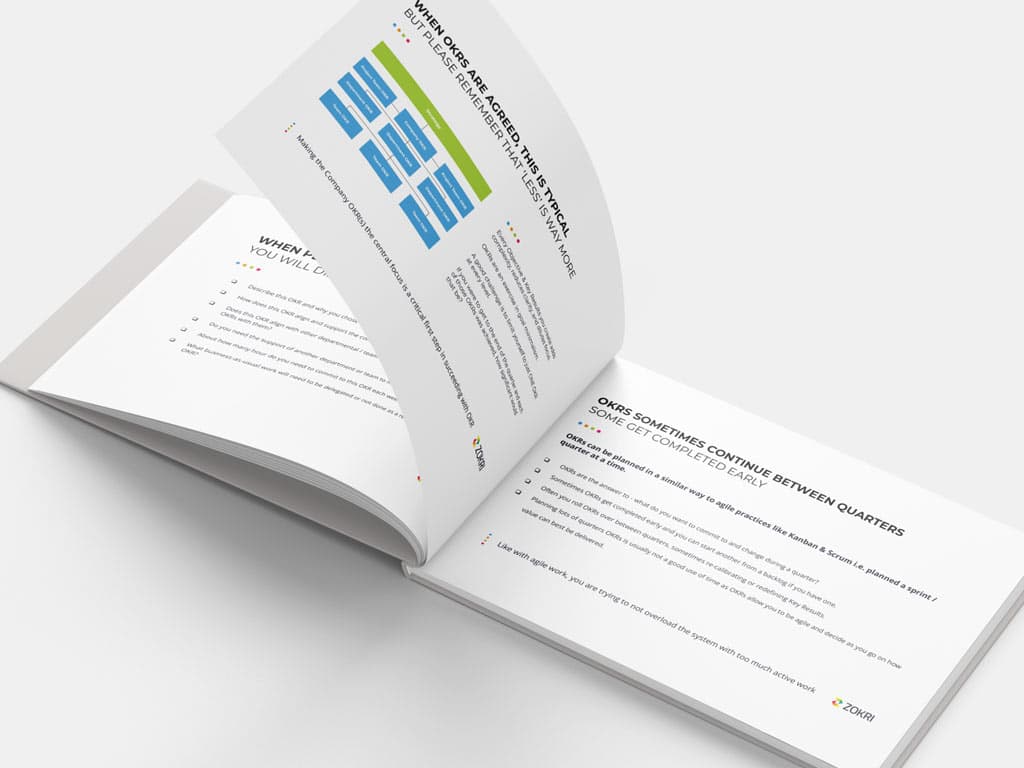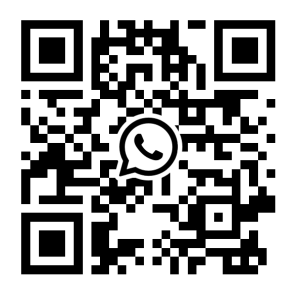More than one audience has posed the question of whether the OKR methodology is here to stay. There are different views on this. Some being that it will evolve, that it will mesh in with other methodologies, or that it might change names to something more appropriate. For us, the name is not that important. What is important is that there is a reason why OKRs work. The principles encapsulated in the methodology engage in our neurocircuits to encourage us to pursue goals in sustainable ways.
Below are just some of the ways in which OKRs engage our brains. We don’t want to subscribe to a framework just because it sounds like a good idea; frameworks are great servants but terrible masters. If we understand why a framework or methodology works, we can leverage it to its full extent. (Much of the following is based on the brilliant work and research of Dr Andrew Huberman, a professor of neuroscience and ophthalmology and Stanford.)
The reason why OKRs work is because humans work
Humans are unique in our ability to set long-term goals and manage the complexity of pursuing multiple goals concurrently. Animals all have goals – to feed themselves, stay safe and procreate. For us as humans, we have the ability to set our minds on timeframes that extend well beyond our current reality and immediate needs. Kids dream about becoming fighter pilots and astronauts. We plan to study, build a career, create a family, save up, find happiness and retire in bliss. Our ability to set, assess and execute those goals provides us with a unique differentiator in the animal kingdom.
The way our brains are put together assists in setting, assessing and executing these goals. OKRs work because the principles in the methodology leverage our ability that drives us to execute better – thus, it is not because of the methodology itself but because of our innate qualities as humans.
We also know that our brains can change – it’s the concept of neuroplasticity. The ongoing discipline of a methodology like OKRs and the habits or behavioural tools it creates enables us to improve continuously, leading to long term sustainable change. It’s not just a short term hack. OKRs work because there’s a long term behavioural change.
Seven reasons why OKRs work
Okay, so let’s look at some of the links to neuroscience we found.
- Set outcomes-based OKRs
- Dopamine is critical to our motivation and ability to keep pursuing goals. Dopamine is produced when we focus on our extrapersonal space, what is outside of our skin and outside of our control (as opposed to the peripersonal space, which centres around ourselves and engages serotonin).
- If we set goals that are outcomes-based, we move our perception outside of ourselves and increase the likelihood of engaging our dopamine systems.
- Co-create OKRs – Don’t Dictate Them
- Studies have been done where two subjects (rats in this case) did the same task (running on a treadmill). One did it out of choice, and the other was forced. Even though they went through the same physical exertion, the effect on their neurocircuits and stress levels were almost opposites – it caused dopamine release in the one that had a choice and stress in the one that was forced.
- Goals need to be set by those who pursue them. If goals are dictated, it’s likely they will have a negative effect rather than the positive release of dopamine for which we’re looking.
- Define what success looks like through Objectives
- Studies have been done to compare where people focus as they move towards a goal. They asked one group to focus on the goal and the other group to focus on the next steps. Although the actual effort was the same and the actual goal the same, the group that focussed on the goal showed a lower perceived effort and reached the goal faster.
- By clearly defining what success looks like, we create the ability to focus on that end goal and reduce the stress in our system.
- Set ambitious but not impossible OKRs
- Setting and pursuing goals creates an opportunity for learning. If goals are too easy, there’s no opportunity to learn because you meet all of them every time. Similarly, if goals are too hard, it’s intangible to the point of disengaging with those goals, therefore avoiding a learning opportunity. This study posits that if you want optimal learning opportunities, you should set goals so as to hit them 85% of the time.
- It’s common practice to set OKRs for ~70% achievement. Whether it’s 70% or 85% doesn’t really matter – what we love is seeing scientific proof that setting ambitious goals that aren’t met 100% of the time creates a learning environment.
- Make OKRs transparent – WRITE IT DOWN!
- Our cognitive attention follows our visual attention – in effect, what we see determines how we think. Some studies ask subjects to focus on the horizon and find that it creates longer-term thinking. There’s an idea of the “cathedral effect”, where it’s been found that higher ceilings create free and creative thinking spaces. Similarly, narrow visual focus creates cognitive focus as well.
- OKRs should be written down to show others what your team is working on and focus your cognitive attention without you knowing it.
- Have regular Check-ins (and planning)
- As humans, we have the ability to switch between focussing on our immediate surroundings and our long-term goals. Focussing on the immediate typically engages the emotional areas in our brains. This focus is necessary, as it is part of proving progress and creating motivation to keep moving forward.
- The regular ongoing discipline that is ingrained in the OKR methodology forces us to constantly move into short-term thinking and then zoom out again as we consider the bigger picture.
- Celebrate Key Results that are met
- Again we meet the dopamine theme. When goals are met, dopamine is released. Dopamine is the motivation chemical in our brains. Studies have shown that subjects struggle to move even one body length to get a reward without it.
- Interestingly dopamine is released when we set goals and when we achieve goals. Even more, the release is higher when there’s an unexpected achievement. Irrespective of when this dopamine is released, it’s important to pause regularly and celebrate the wins, whether they were due to your effort or simply due to luck.
"Dopamine is the common currency by which we pursue goals."
Dr Andrew Huberman
What else did we discover?
Two other significant findings came out of this exercise for us.
The first one is that we are more motivated by the fear of failure than the allure of success. The research in this area shows almost a doubling of the probability of success by focussing on potential failures. So teams and individuals are encouraged to “foreshadow failure” – think about what failure will look like as you pursue your goal. What will happen if you don’t go for that run? Or if you don’t sit down and do that task now?
The second finding that we’ve highlighted to some extent above, as we talked about regular check-ins, is the idea of planning. Part of the neurocircuitry engaged in goal setting is related to planning (the pre-frontal cortex). In the OKR methodology, there’s often not enough attention given to regular ongoing planning. We’re not simply referring to just setting OKRs, but rather planning the weekly actions required to meet those OKRs.
The seven behavioural practices that we listed are already part of every OKR deployment we do – the evidence and reasoning for why OKRs work is stacking up. The additional two findings also show great promise, and we can’t wait to include them in our future client projects to see exactly how useful they can be.

DOWNLOAD FREE GUIDE TO STRATEGY DELIVERY USING OKRs
Learn how to write and manage OKRs. Discover how to combine Strategic Themes, OKRs, KPIs and Strategic Initiatives to achieve high levels of performance across teams.


